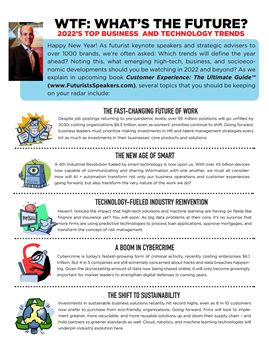25 Jan TRENDS IN INFLUENCER SPONSORSHIP RATES, BRAND PARTNERSHIP FEES & COSTS
Trends in influencer sponsorship rates are shifting as content marketing continues to thrive. As such, knowing content creator partnership and collaboration costs and fees is essential for both brands and celebrity experts. In 2025, expenses are being influenced by several emerging factors that will impact trends in influencer sponsorship rates including changes in audience engagement, platform evolution, and industry expectations.
- Rising Demand for Micro and Nano Influencers
While macro and celebrity influencers have long commanded premium sponsorship fees, there has been a noticeable shift toward micro and nano influencers in recent years. Such creators, with smaller but highly engaged audiences, are proving to offer greater value to brands, impacting trends in influencer sponsorship rates due to their niche reach and authentic connections. As a result, costs for micro and nano influencers have been rising, as brands recognize that engagement often trumps sheer follower count. The influencers tend to have more dedicated followers, and their content feels more personal and relatable, which increases the likelihood of consumer action.
- Increased Investment in Video Content
Video content, especially on platforms like TikTok and YouTube, is rapidly becoming a dominant force in influencer marketing. Video production is more time-consuming and resource-intensive, which directly impacts trends in influencer sponsorship rates and costs. Brands are increasingly willing to pay more for influencers who can produce engaging and high-quality video content. In particular, short-form videos on TikTok are seeing higher rates as brands look to leverage the platform’s massive reach and virality potential.
- Platform-Specific Pricing Variations
Different social media platforms have distinct dynamics, and that affects trends in influencer sponsorship rates. Content creators on newer platforms like TikTok and YouTube Shorts are seeing their rates climb due to the growing popularity of short-form content. On the other hand, established platforms like Instagram and Facebook, while still popular, may see slightly slower rate growth as their audience demographics mature. The unique content formats and audience interactions on each platform will continue to influence sponsorship pricing.
- Performance-Based Pricing Models
Brands are increasingly shifting toward performance-based compensation models, such as cost-per-click (CPC), cost-per-impression (CPI), or cost-per-action (CPA). The models tie trends in influencer sponsorship rates to the actual results generated by their content, making the pricing structure more flexible and outcome-driven. As performance tracking tools become more sophisticated, influencers who can deliver measurable results may see their rates rise, while those who focus on branding and awareness might see slightly lower fees.



